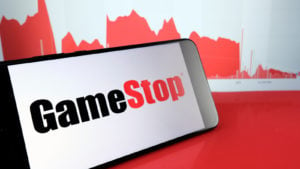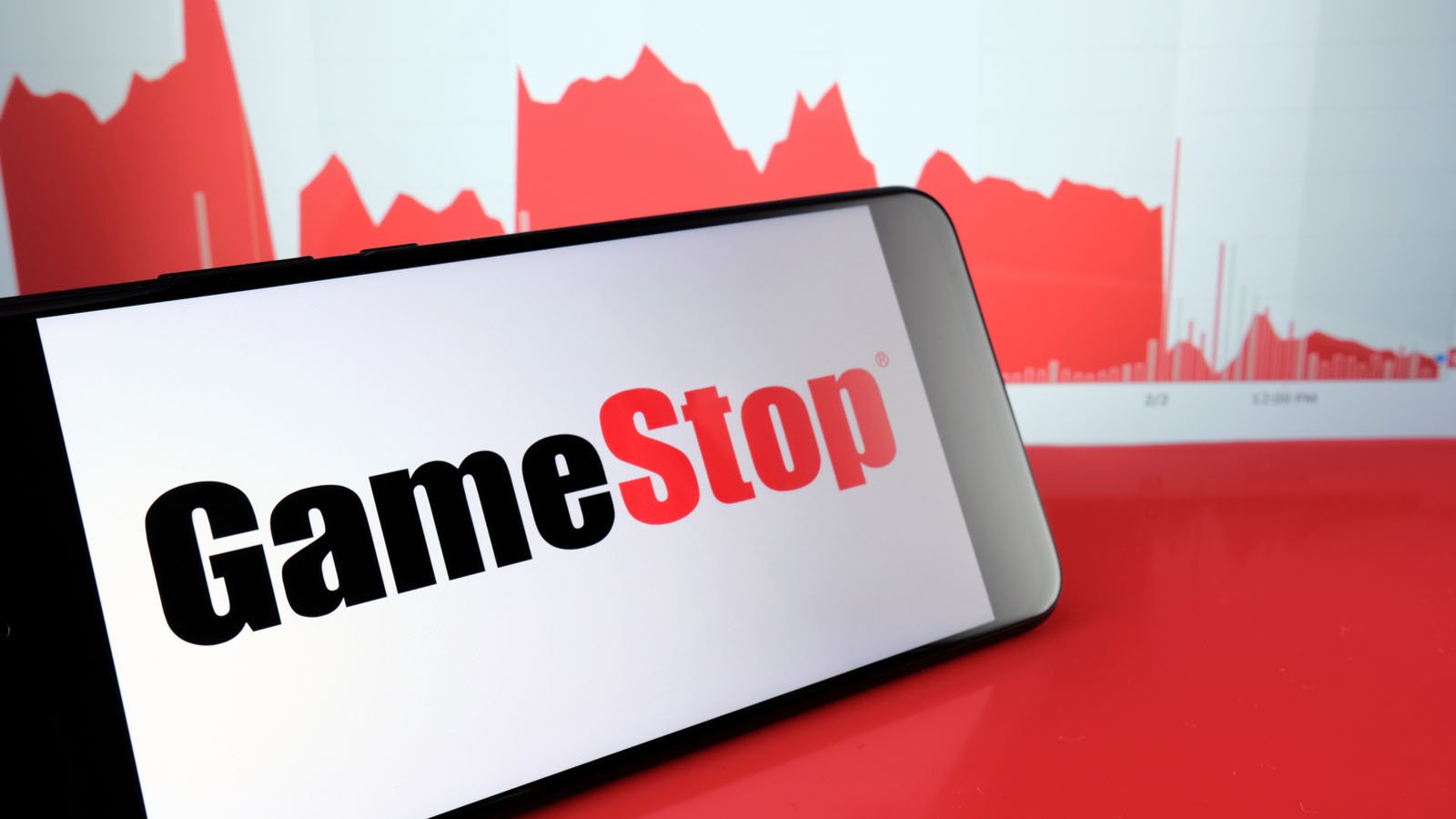For the quarter ending May 1, 2021, GameStop (NYSE:GME) was able to reduce its total store count by 12% year-over-year (YoY), according to its first-quarter earnings release. As a result, the company’s losses fell from $165.1 million or $2.65 per share last year to just $66.8 million or $1.01 per share this quarter. This is nice, but the fact is that at $12.1 billion as of Wednesday’s close, GME stock still has too high a market valuation.

I have been consistently writing that GME stock was too high and that it needed to drop further. So far that has happened. I still think GME is probably overvalued, but I am also preparing for some sort of inflection point where it could become a buy.
Let’s look into this further.
Where This Leaves GameStop
GameStop was actually able to increase its sales by 25.1% this quarter on a YoY basis, despite having fewer stores. For example, on page 16 of its 10Q report, GameStop said that it closed 118 more stores this quarter. This was on top of 693 stores shut down last year.
Moreover, at this pace, it could end up closing another 36.3% of its stores for the rest of the fiscal year ending Feb. 1, 2022. If that actually happens, there is a good chance the company could turn profitable, assuming its sales growth continues as well.
This is because, as I pointed out last time, its software sales have much higher margins than its TV, console and equipment sales. In addition, the company also reported that its in-store traffic had increased.
Another good result, seen only in the 10-Q on page 11, was that its total rent expense had fallen by $9.9 million, or 9.7%, from $102.3 million in the prior year. If it can continue to cut its store costs like this the company has a very good shot at eventually turning a profit.
In fact, so far this year, GameStop has significantly lowered its cash burn rate. Its Cash Flow Statement shows that it burned through $18.8 million in operating cash flow this quarter vs. $49.3 million last year. After deducting capex spending, its free cash flow (FCF) loss in Q1 2021 was $33.5 million vs. $55.9 million last year. And that was even after significant store closing costs and other cost-cutting measures.
So, if its cost reduction campaign can continue to make progress, it’s possible that perhaps in a year or so, the company could turn FCF positive. That will be the inflection point.
What GME Stock Is Worth
Once the company turns FCF positive, we can start to forecast its FCF margins going forward with higher sales. But until then, we will have to measure the value of the company based on a price-to-sales valuation.
For example, analysts still forecast lower sales for 2022 at $5.45 billion, compared to 2021 forecasts at $5.57 billion. This is likely due to a lessening of GameStop’s “Covid effect,” or lockdown resulting in more people playing games at home. The thinking is people getting back to work will lead to lower game playing and lower sales. But so far, the company is posting higher sales. So the analysts may have to rethink their assumptions.
Nevertheless, a reasonable valuation for the company right now will be no more than 1.5 to 2.0 times sales. This assumes that analysts’ forecasts for lower sales are correct. That gives GME stock a market valuation of between $8.175 billion and $10.9 billion. For simplicity’s sake let’s call it $10 billion.
That means that GME stock needs to fall another $2.14 billion from its $12.14 billion market cap today. That represents a decline of 17.6%. As a result, the GME stock price target is $129.40, or 82.4% of its price today of $157.05. Assuming a 1.5x P/S multiple, the price should be $105.75, or one-third lower.
What To Do With GME Stock
Most investors should wait until GME stock dips 17.6% before taking a stake. This is the most conservative and defensive way to move into this stock.
However, those who don’t want to wait for an inflection point in its FCF and cash burn could begin moving into it now. They should be prepared, however, to average cost into the position.
Given that GameStop might become FCF positive in the next year if sales growth continues and its cost-cutting works, that might be worth it in the end.
On the date of publication, Mark R. Hake did not hold any position in any of the securities mentioned in the article. The opinions expressed in this article are those of the writer, subject to the InvestorPlace.com Publishing Guidelines.
Mark Hake writes about personal finance on mrhake.medium.com and runs the Total Yield Value Guide which you can review here.
